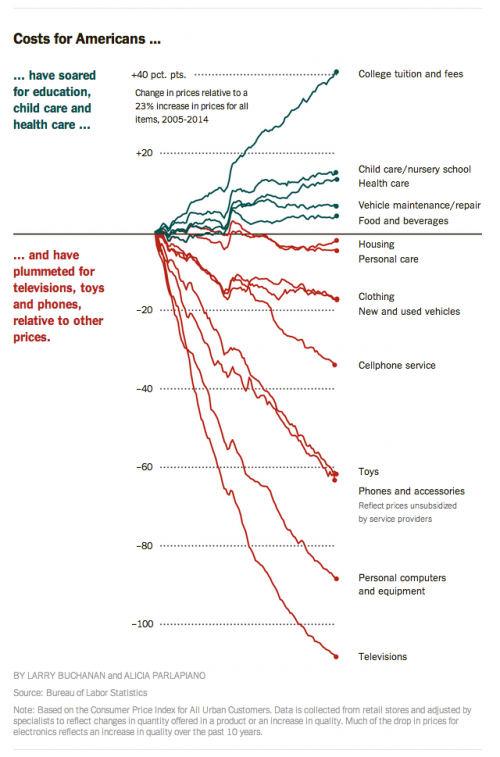Just to counter the repressive BS in the last post, here’s some news that it doesn’t have to be that way: 2,500-year-old erotic graffiti has been found on an Aegean island.
"They were what I would call triumphant inscriptions," said the Princeton-trained professor who found them while introducing students to the ancient island world of the Aegean. "They claimed their own space in large letters that not only expressed sexual desire but talked about the act of sex itself," he told the Guardian. "And that is very, very rare."
Chiselled into the outcrops of dolomite limestone that dot the cape, the inscriptions have provided invaluable insight into the private lives of those who inhabited archaic and classical Greece. One, believed to have been carved in the mid-sixth century BC, proclaimed: "Nikasitimos was here mounting Timiona (Νικασίτιμος οἶφε Τιμίονα).
"We know that in ancient Greece sexual desire between men was not a taboo," added Dr Vlachopoulos, who returned to the far-flung island last week to resume work with a team of topographers, photographers, conservationists and students. "But this graffiti … is not just among the earliest ever discovered. By using the verb in the past continuous [tense], it clearly says that these two men were making love over a long period of time, emphasising the sexual act in a way that is highly unusual in erotic artwork. "
They weren’t just celebrating sex, but gay sex. All while the dour Hebrews were laying down nit-picking laws about what God allows you to do with your genitals.



